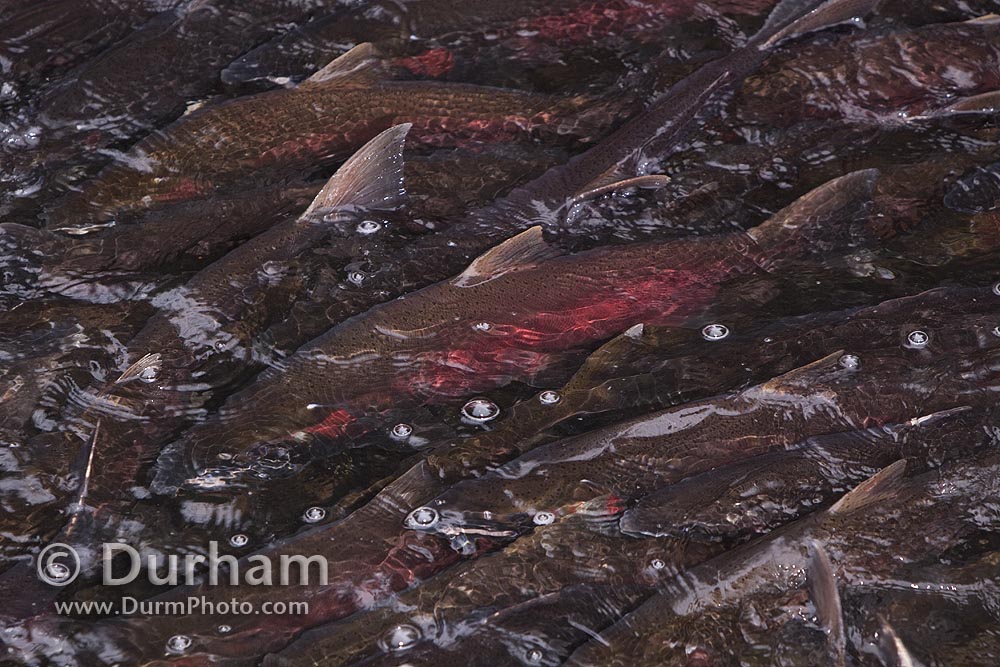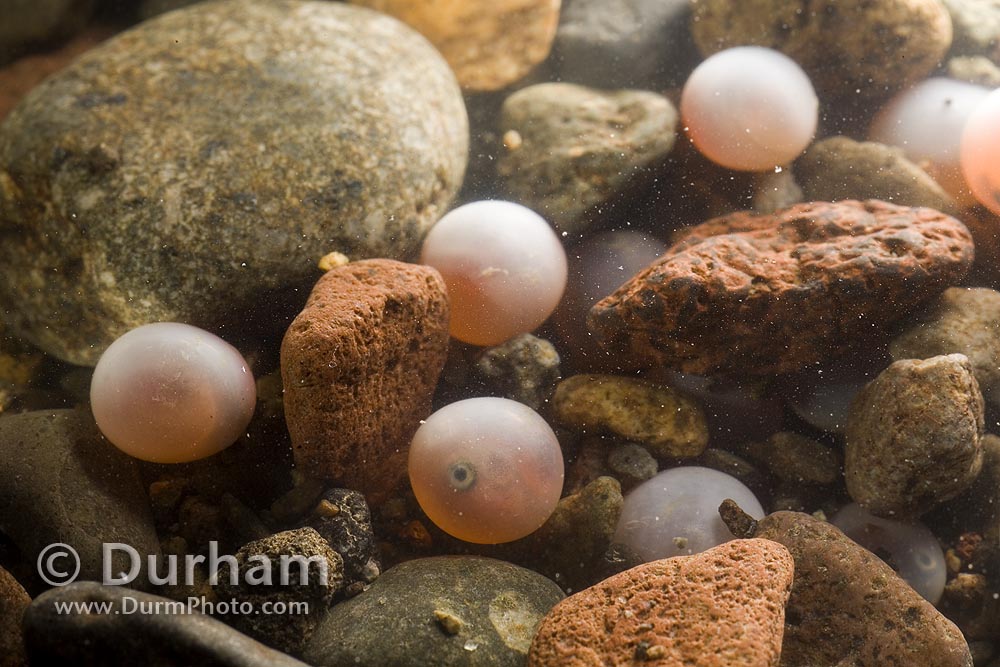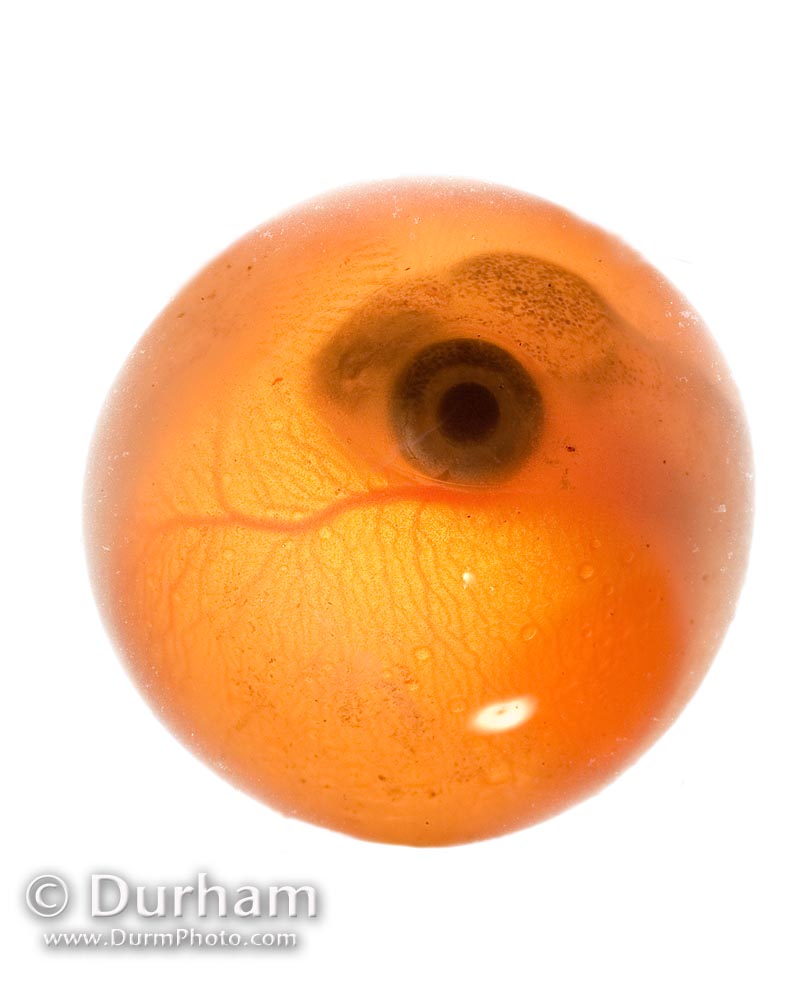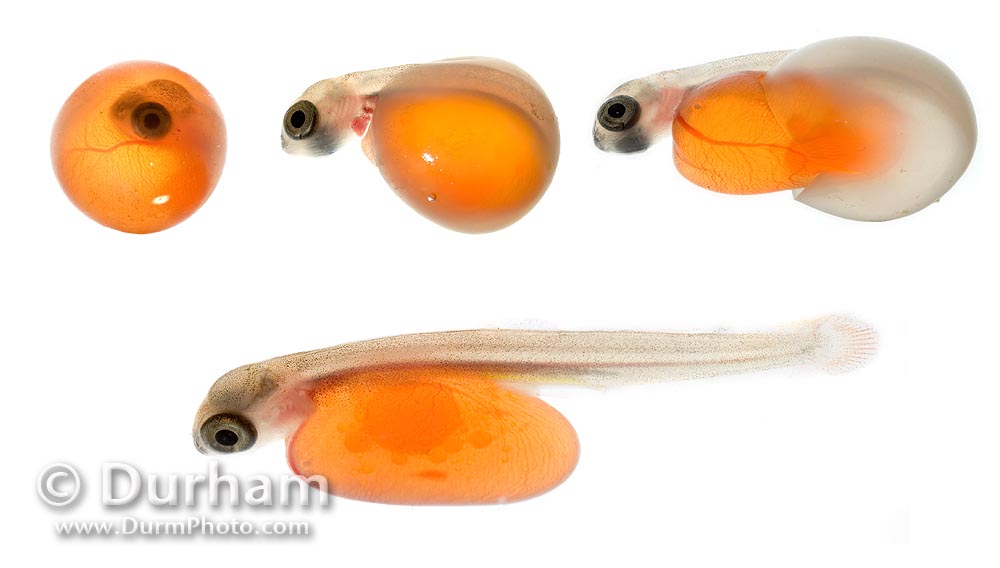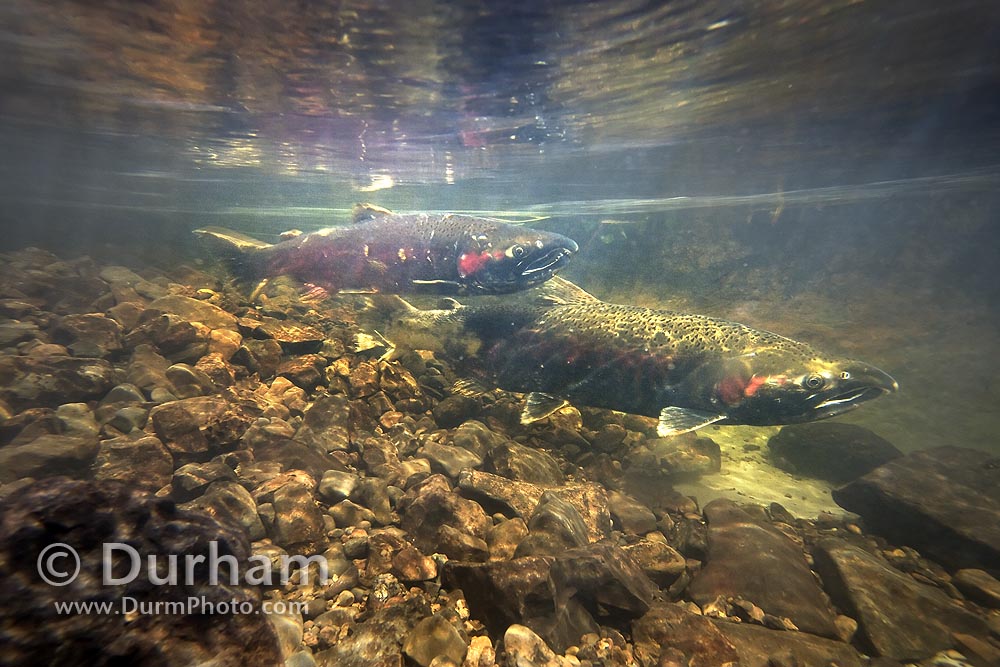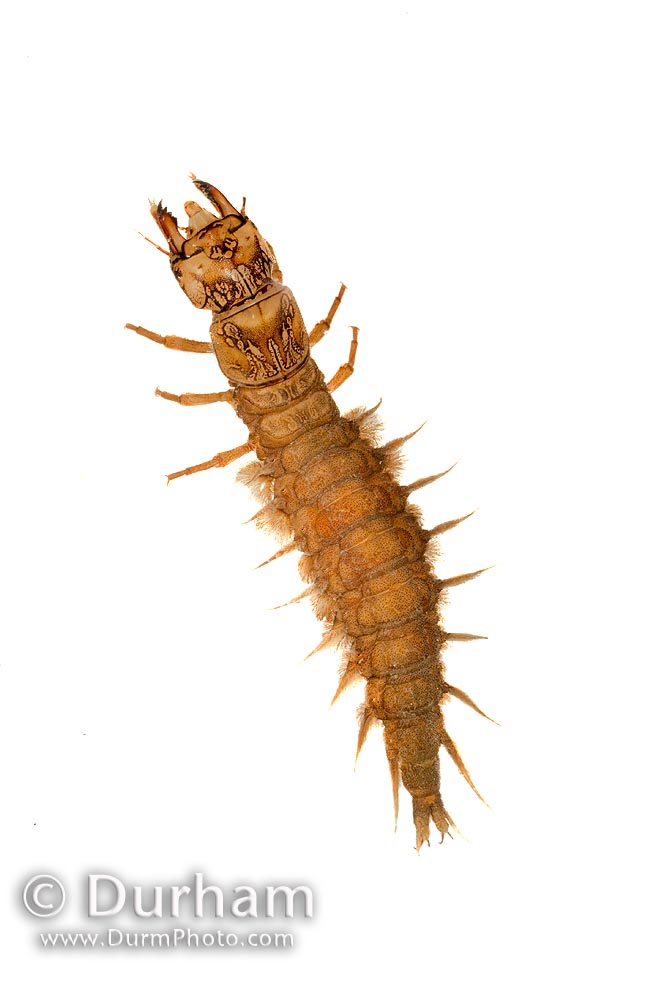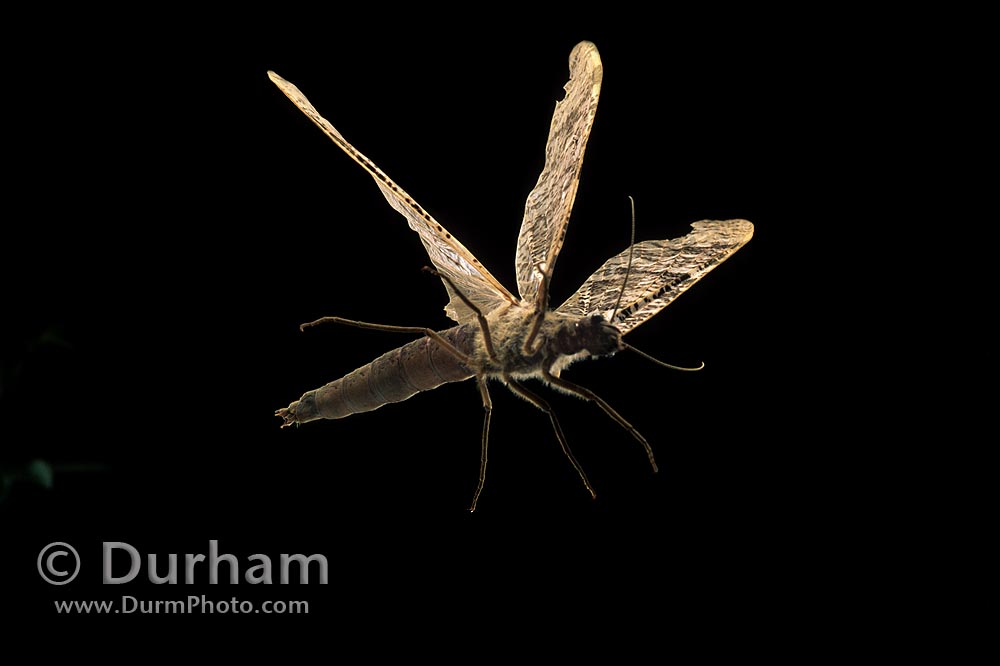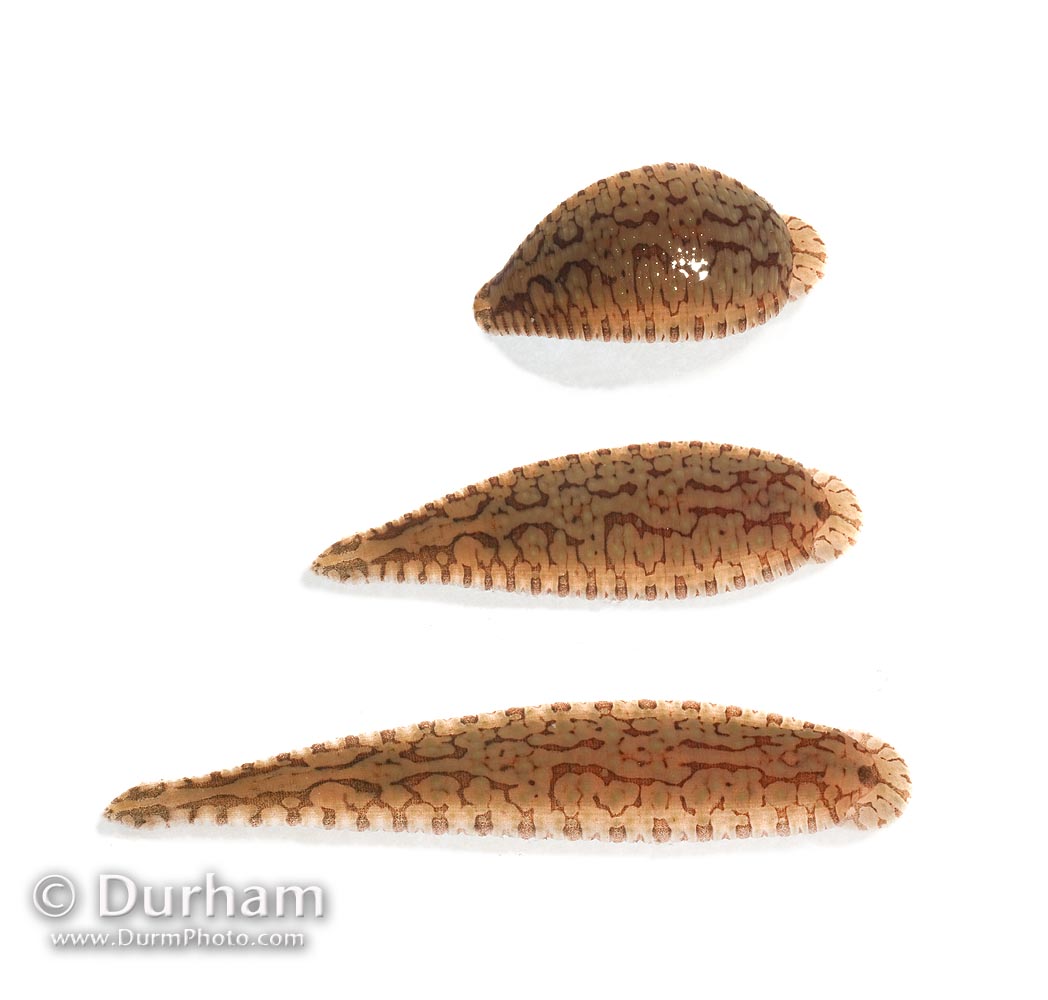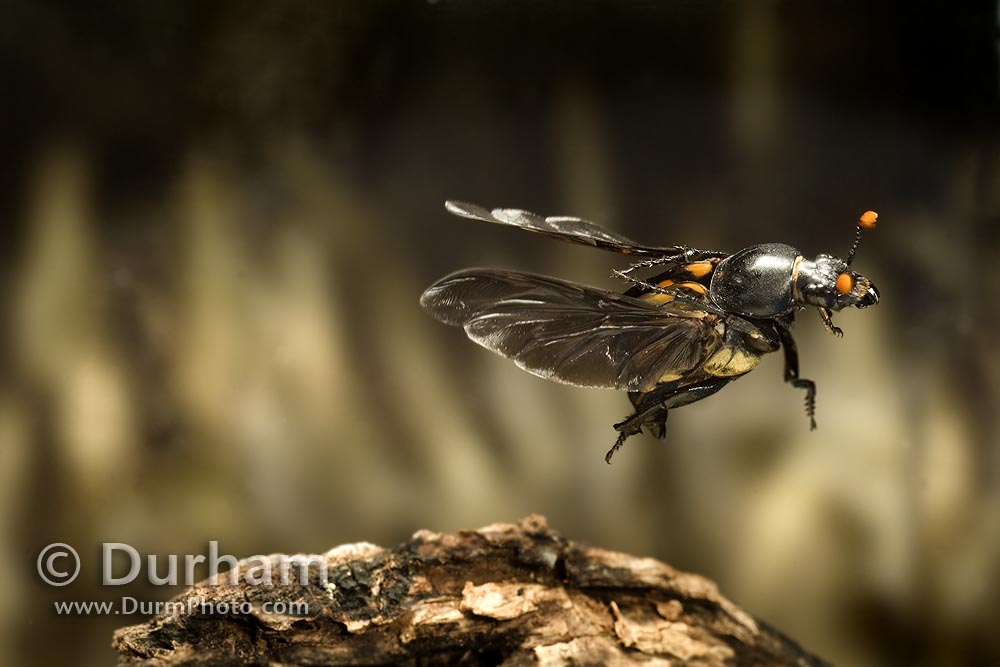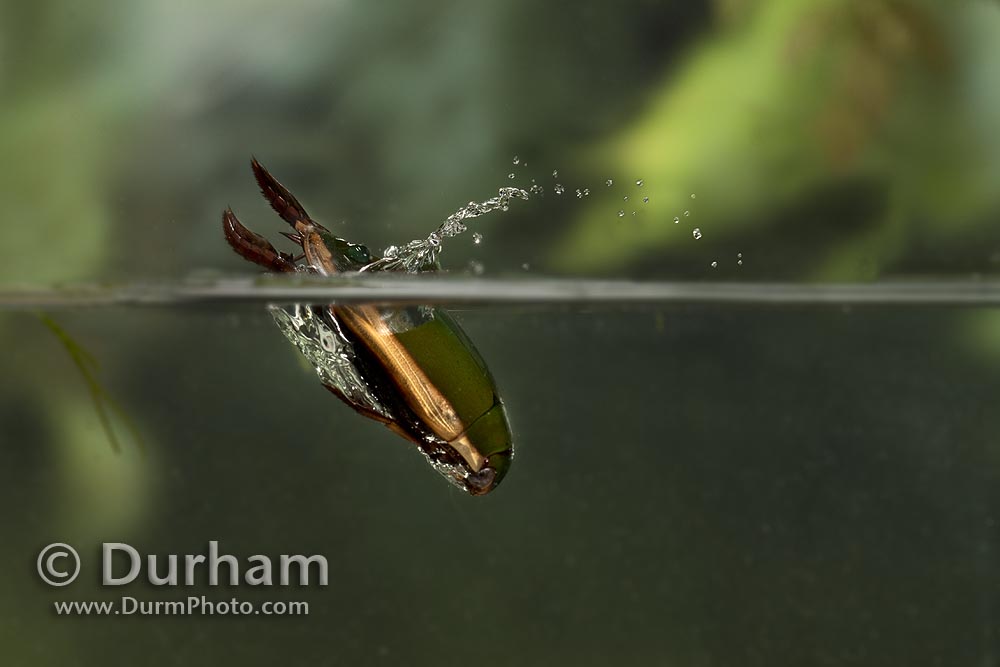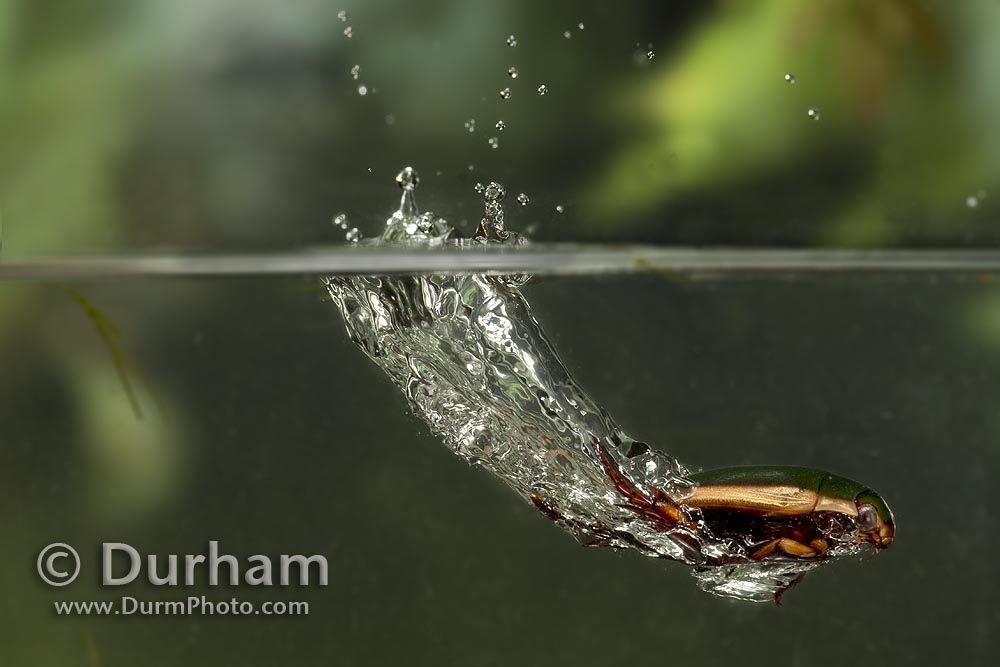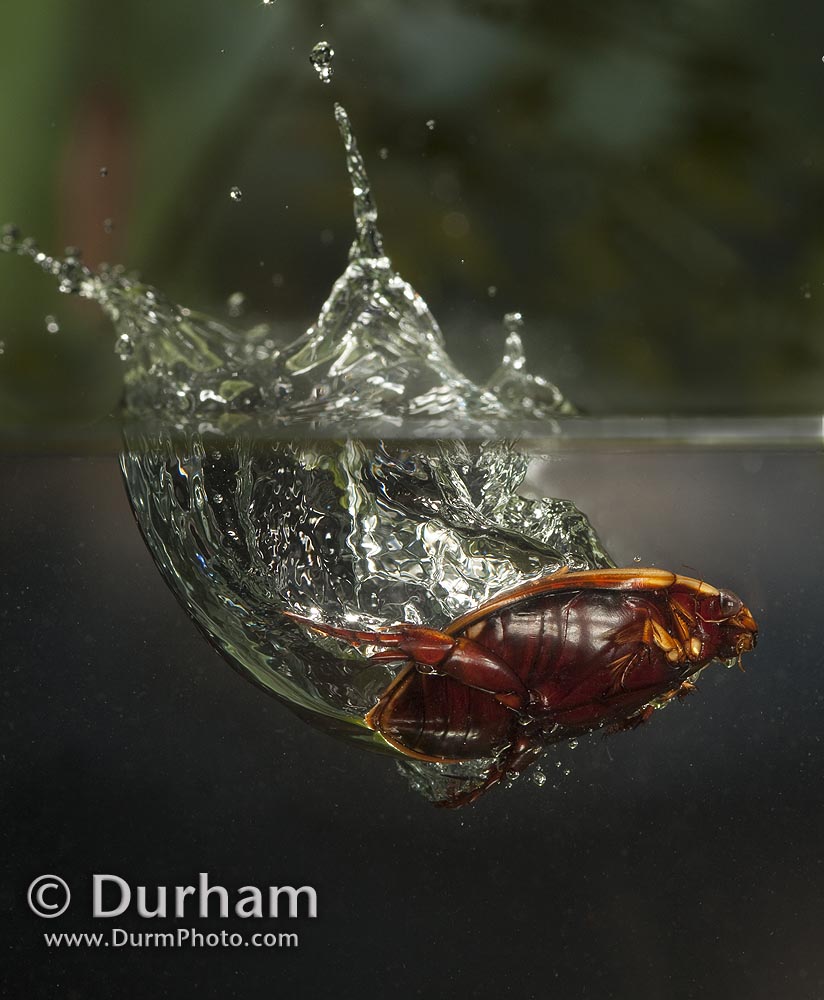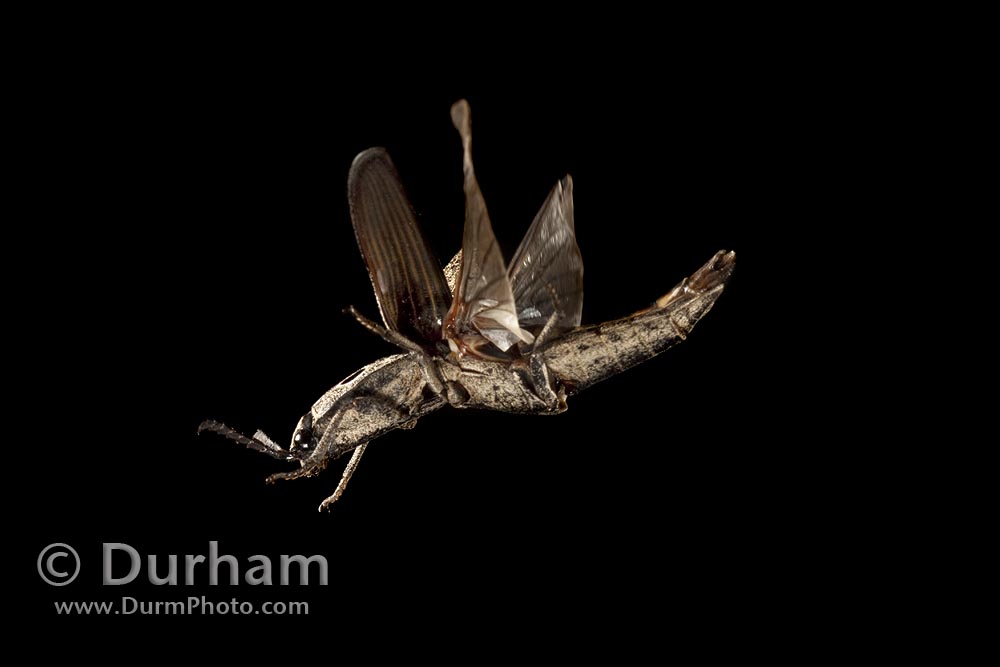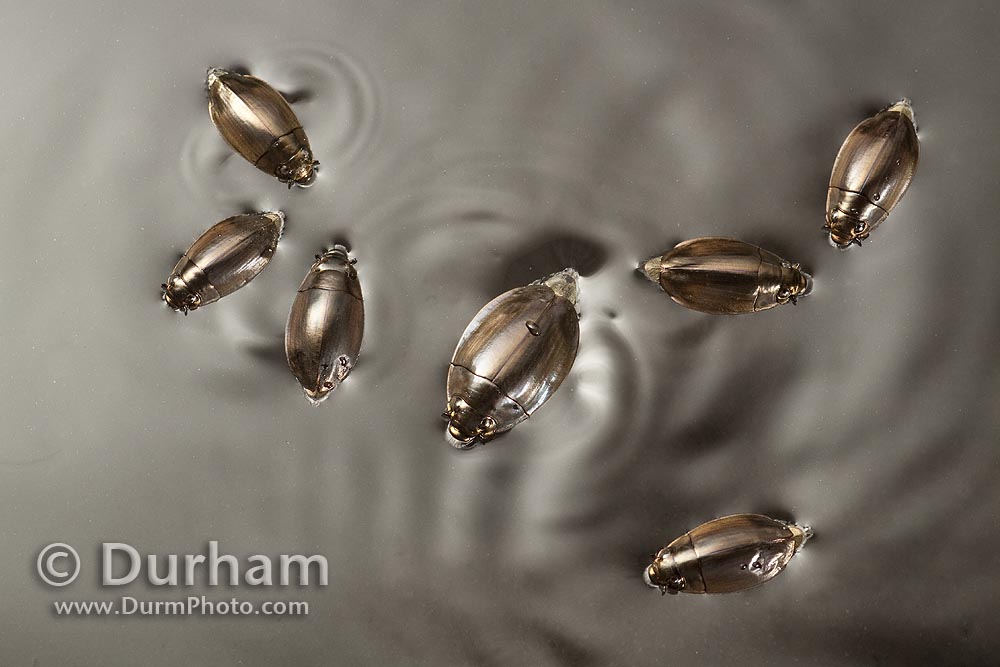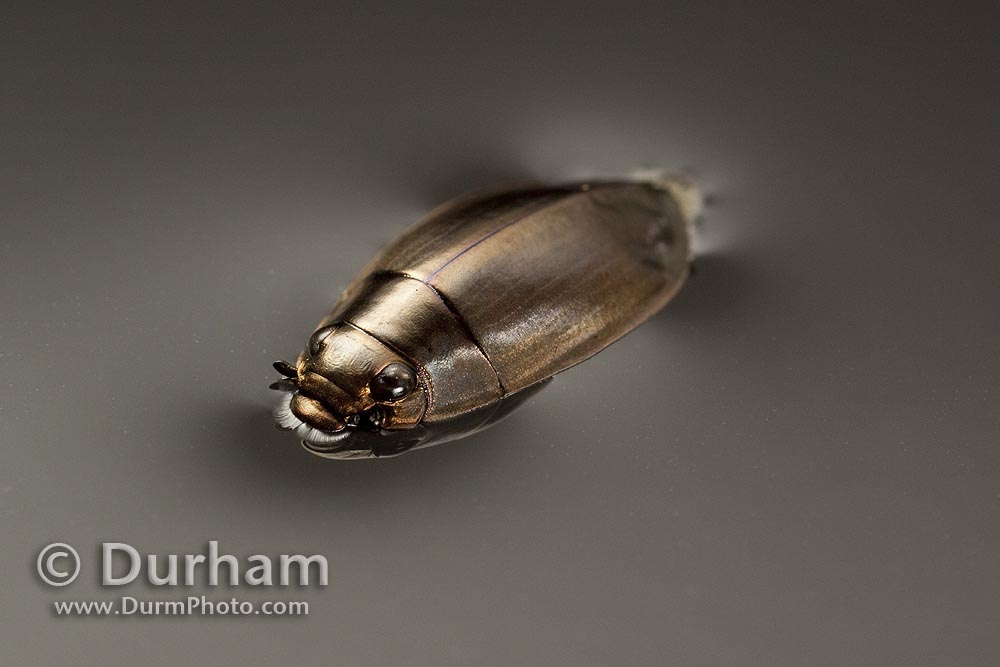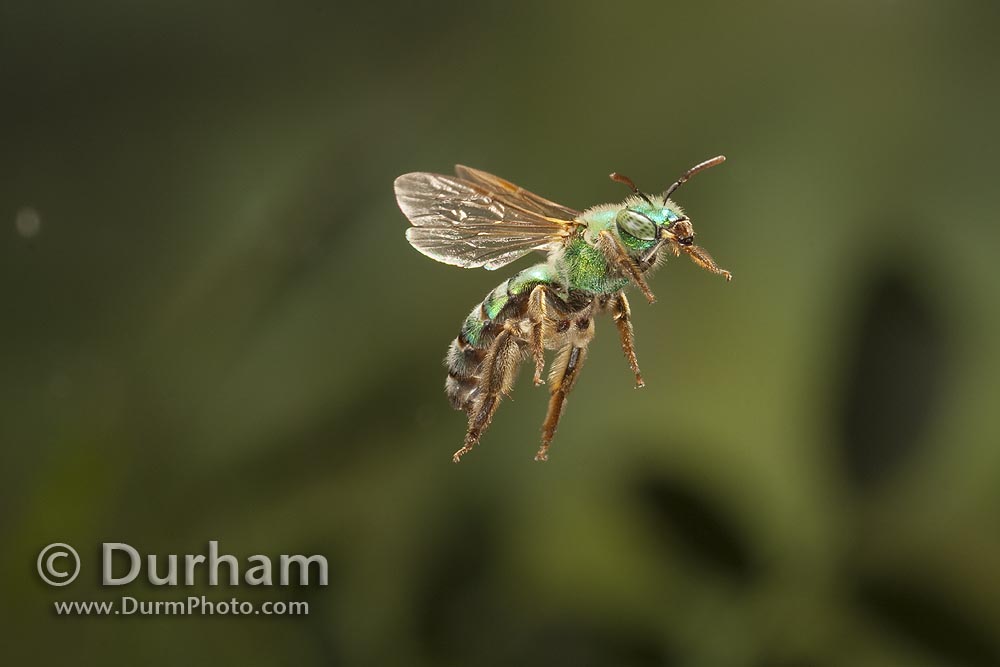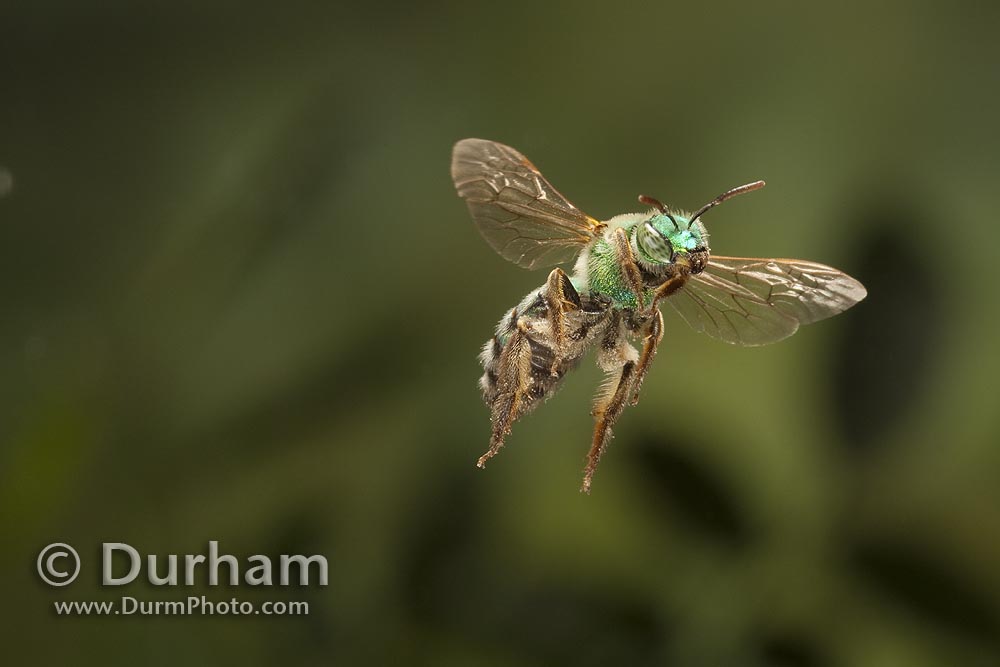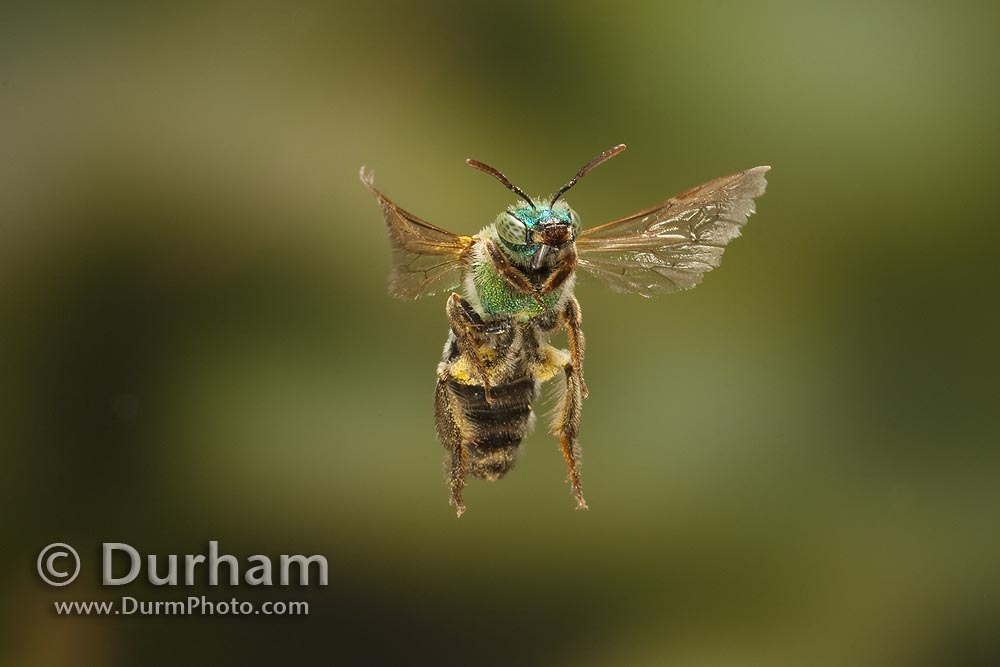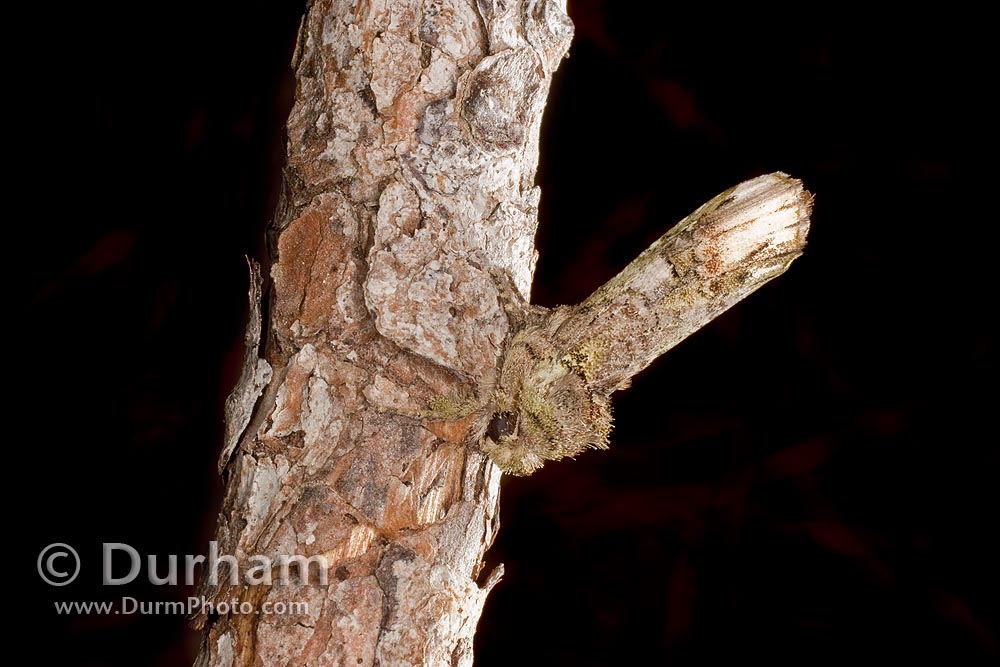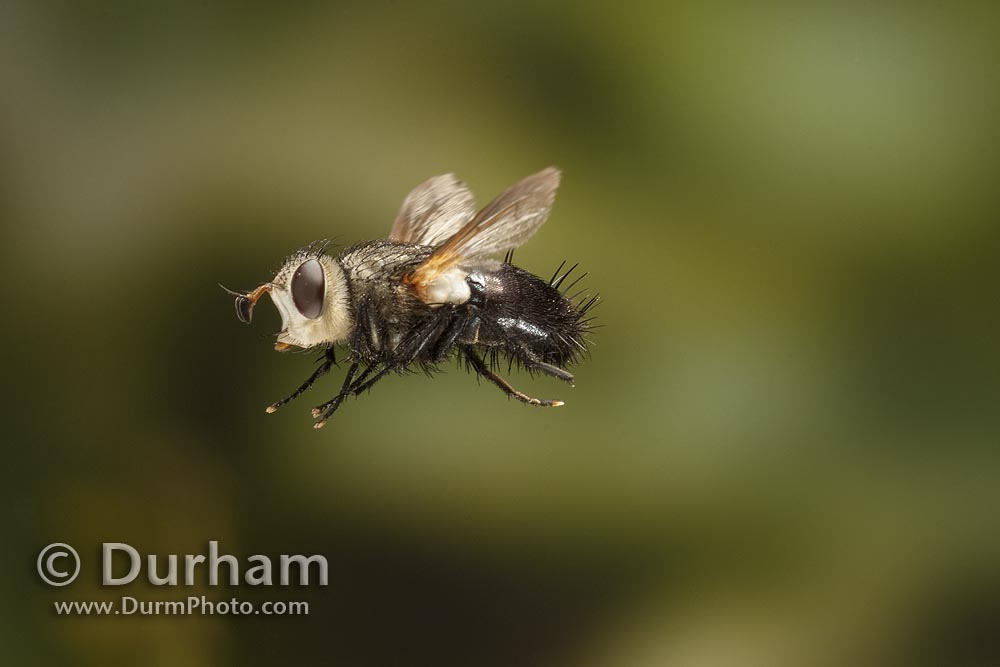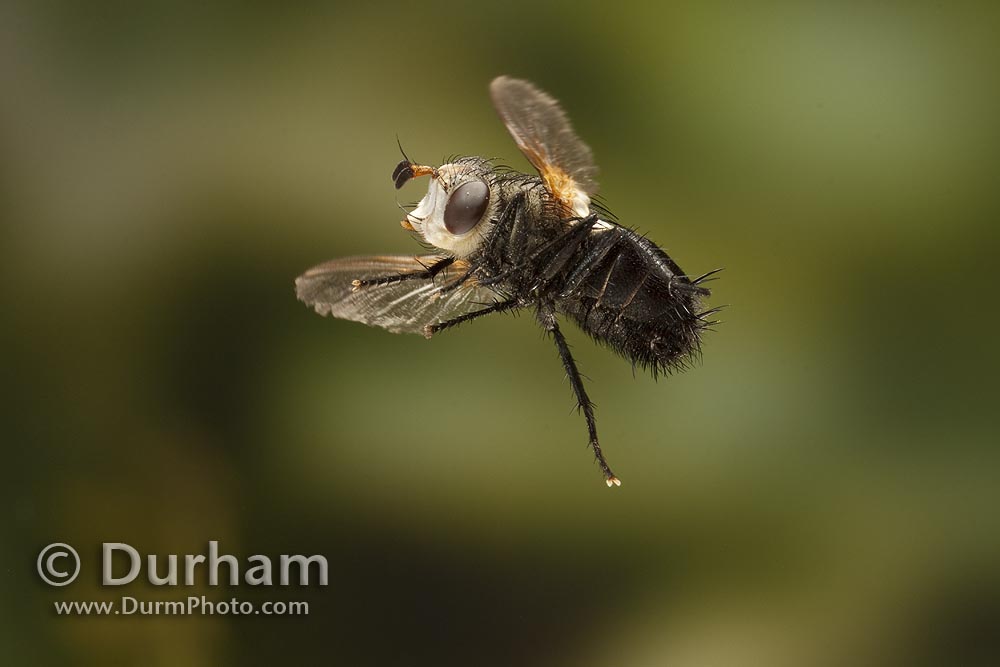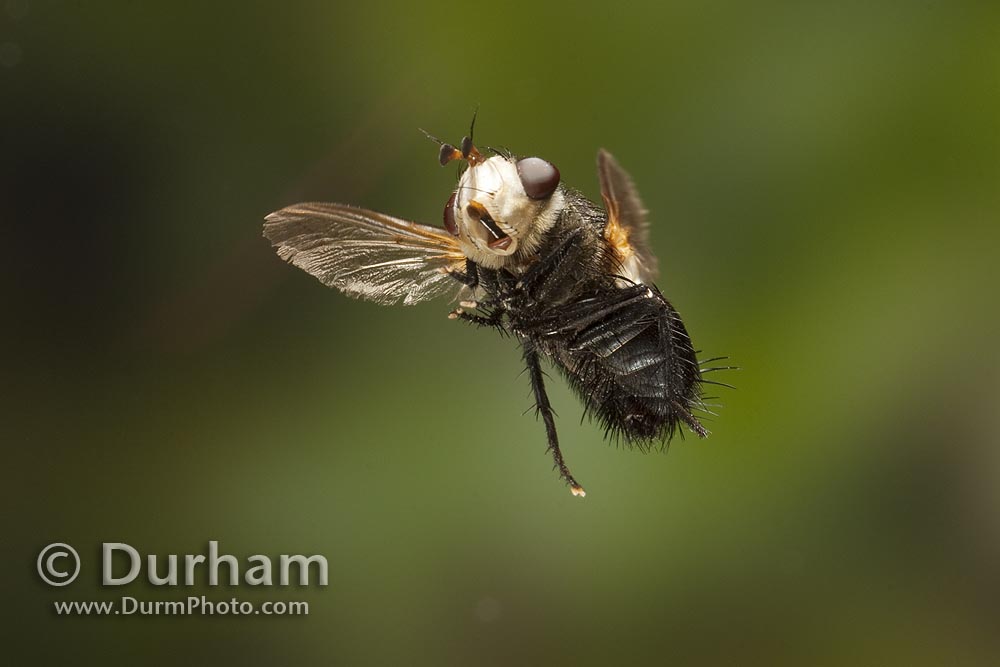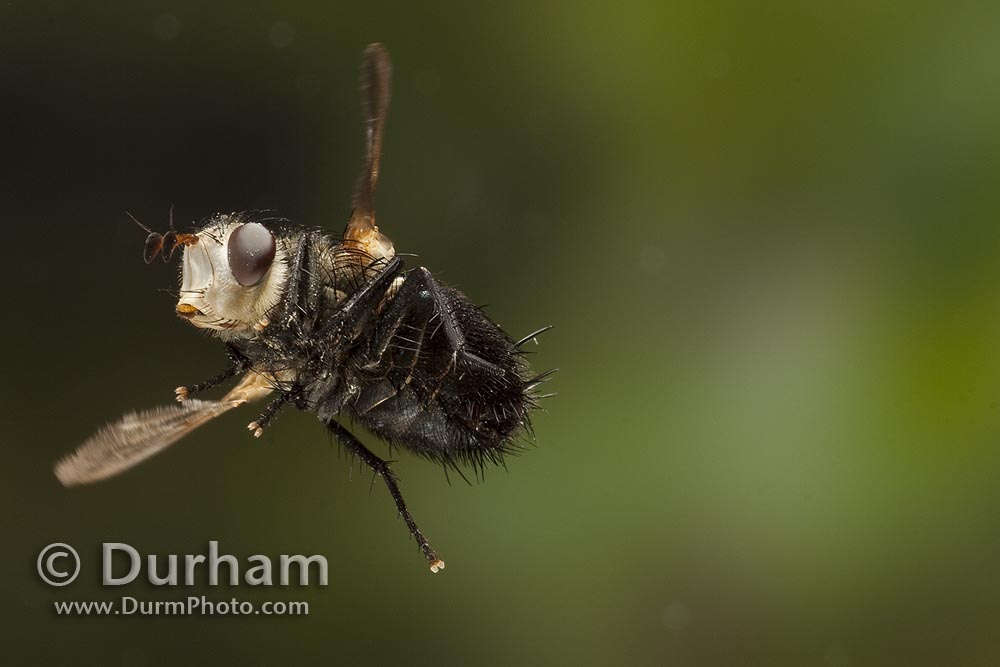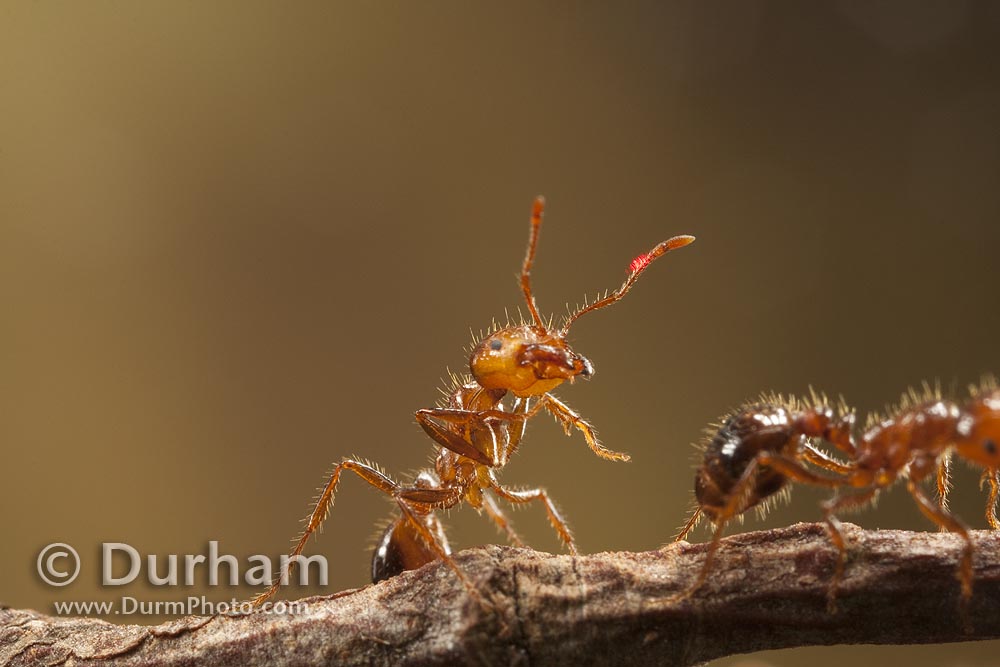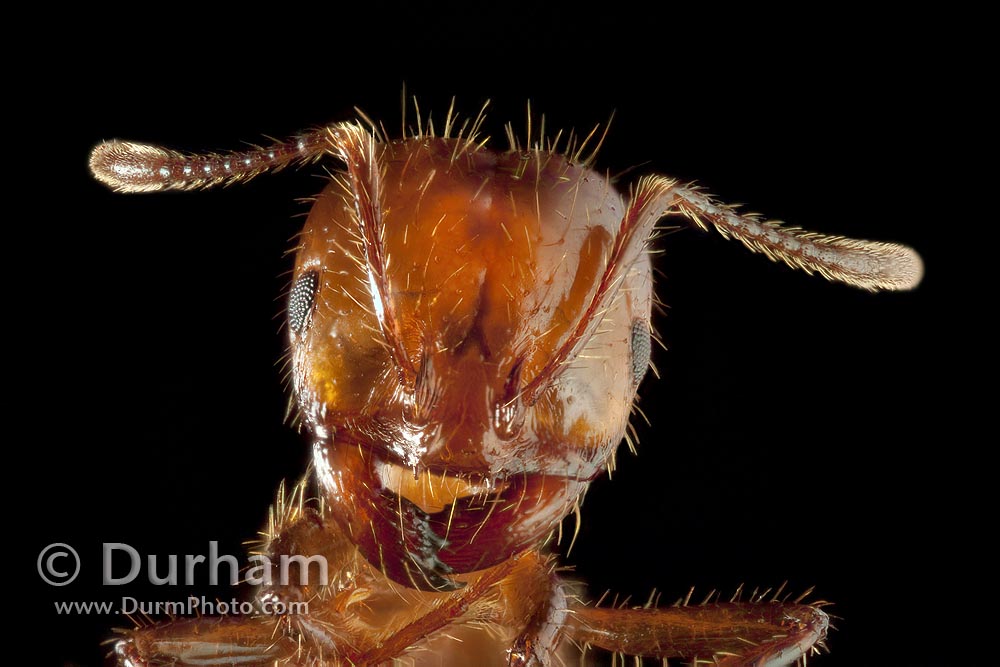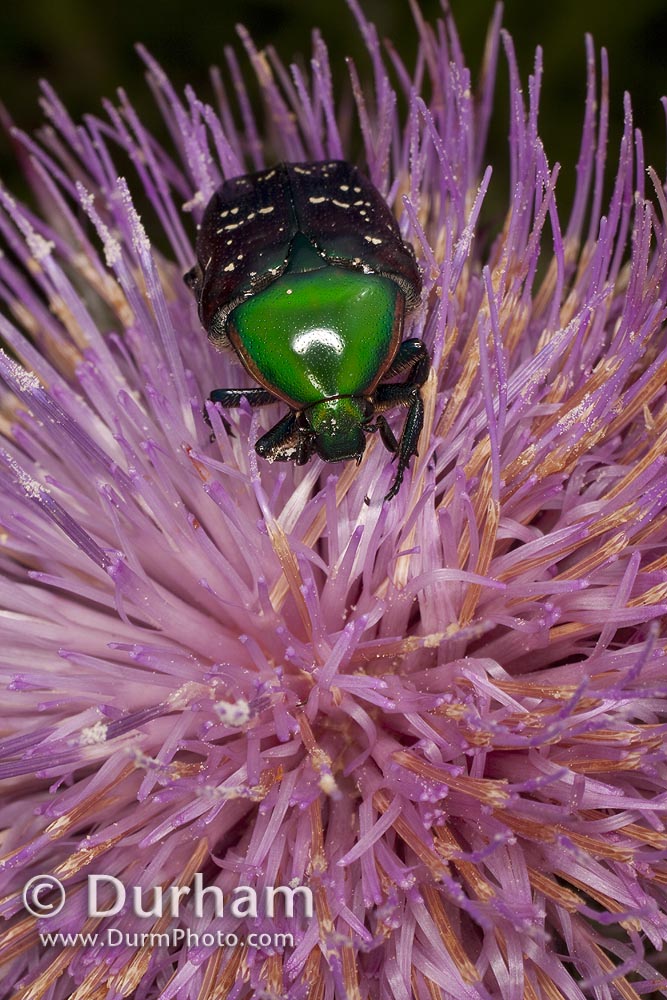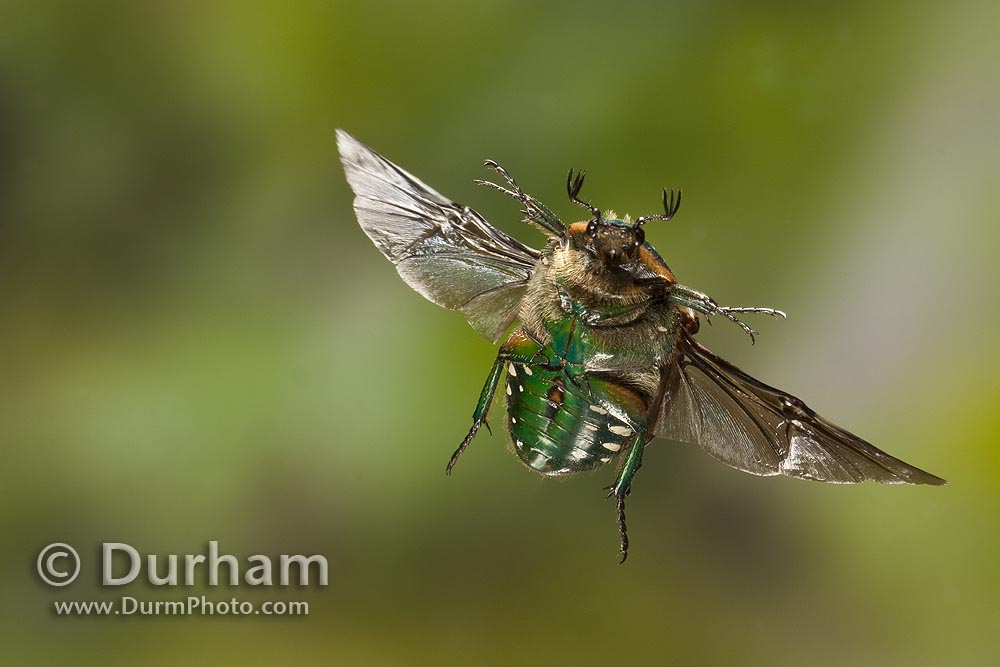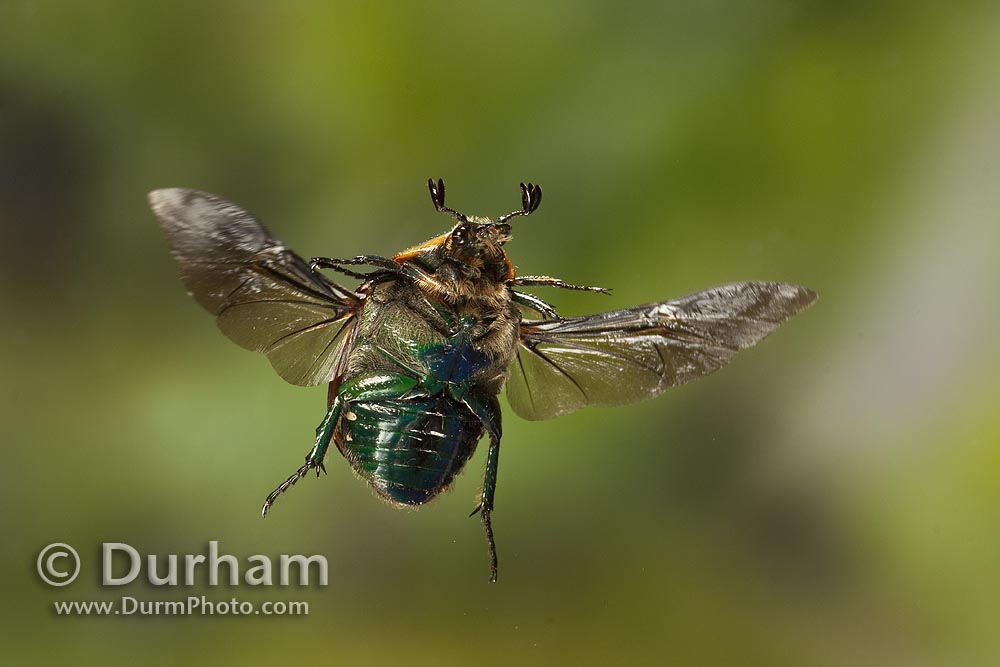For years I have been using custom built, remote camera systems to photograph elusive and nocturnal subjects.
I can still remember how elated I was to photograph a wild, nocturnal mountain lion at Zumwalt Prairie a few years back. Wild mountain lions are almost never photographed unless they have been trapped or cornered by dogs, so this image was a particular accomplishment.
wild cougar (felis concolor) photographed at night.
From mountain lions to white-footed mice, I have refined the system constantly over the years to allow me to photograph a variety of subjects in a variety of situations.
white-footed mouse (Peromyscus leucopus)
Perhaps one of the most common subjects, by default, have been raccoons. They seem to be everywhere.
a nocturnal raccoon (procyon lotor) on a game trail, arizona.
My systems are considerably more advanced and complicated than the average trail camera that can be purchased at Cabella's, and they often use fairly expensive digital cameras for image capture.
I have always known it was risk to leave this equipment out in the forest for weeks at a time. I would always evaluate the risk, and make a judgement call.
Despite being aware of the risk, I was a bit surprised to find my equipment stolen when I set up on a log bridge in Washington State. This is a remote location, and far off any trail. The equipment would have been very hard to spot tucked away under a fallen log.
Whoever stole the equipment smashed the weatherized camera housings, and then re-assembled them nearby – laid out neatly on a log. A message perhaps? The cameras were of course, gone.
Below is the final test image taken before the equipment was stolen.
I have since built a new system, with some major improvements. Hopefully I can hang onto this one for a while.
